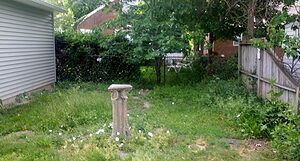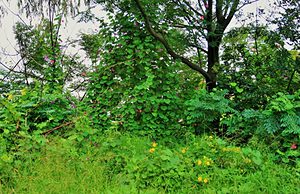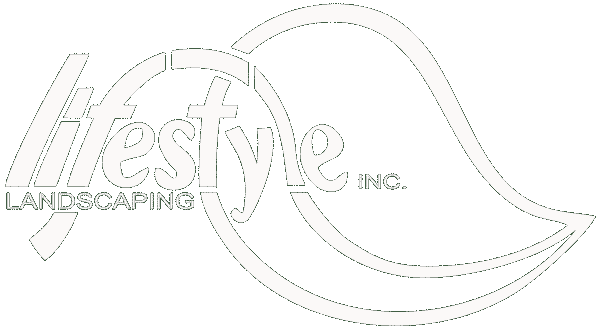
The area that is to be renovated has been laid out on paper and your plan is now in process. Let’s take some time to look at materials that you would like to incorporate into your renovation. First, list the plants. What is it that you would like for these plants to accomplish? The ultimate goal of a successful planting is not just for the plants to survive, but to thrive. Carefully evaluate the conditions of the area where the plants are to be installed.
- Is the site normally wet or dry? Is it well drained or does it collect water?
- Is the site influenced by other plant material? Is there a tree that shades the area?
- An important but often overlooked consideration is whether or not the area is heavily infested with tree roots that compete for moisture and nutrients.
- How many hours of sunlight does the area receive daily?
- Is the area “maintenance friendly” or are we creating a maintenance “nightmare”.
- What do we expect the size of the new plants to be 5 years from installation?
Often there is a considerable amount of cost and effort invested in our gardens. Whether we develop a new landscaping or renovate an old garden, it is always better to correct issues on paper rather than after installation. As the plan is developed, the need for other materials will become apparent. Let’s consider some possibilities.
- Is there a need for paving materials? Maybe your intentions are to replace that unsightly walkway, or to add an additional one.
- Rather than a paved walkway, do you see the need for a more casual path?
- Is there a sitting area or patio that needs to be upgraded or added?
- Are there areas that need to be retained or terraced because of steep grades? Possibly there is an area that needs to be elevated with topsoil because of poor drainage?
Finally, do some research to gain understanding of the hard materials that may be included in the renovation.
- How will these materials weather the sunny or shaded conditions?
- Will the materials age gracefully or become unsightly in a few years?
- How will the materials wear over time in their intended use?
- How well does the appearance of the materials coordinate with other materials used on the site?
- What is the comparative cost of similar materials and what is the overall value to the project? The use of less costly materials often leads to a finished product that proves to be unsatisfactory or disappointing.
- Availability may be another factor that you will need to consider.

We now have just one more step to discuss in your planning process. Our next discussion will be on site preparation.
